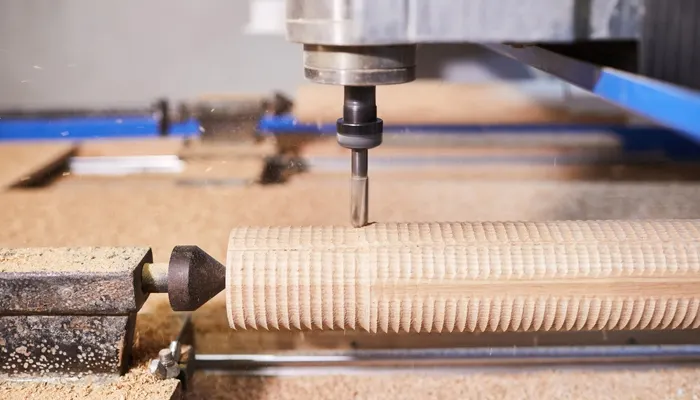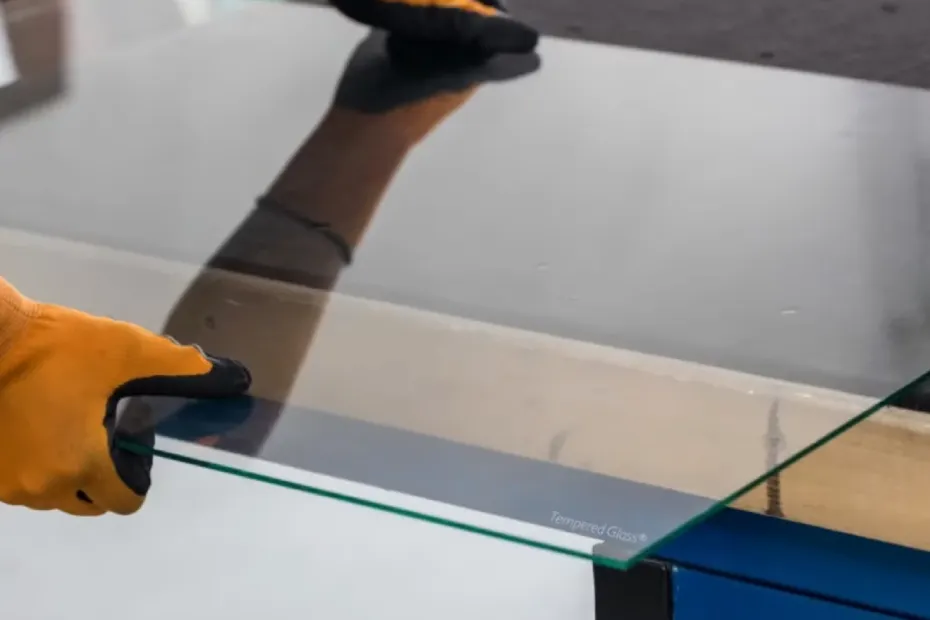WoodenuKnow.com is a participant in the Amazon Services LLC Associates Program, an affiliate advertising program designed to provide a means for sites to earn advertising fees by advertising and linking to Amazon.com and may earn from qualifying purchases.
There was a time when craftspersons took particular pride in their wood carving skills. And patrons of this art would pay handsome amounts to get their hands on such handicrafts. However, the percentage of such buyers remains rather small, making it less sustainable for artisans to expend their time and energy for paltry compensation.
Not to mention that they would have to undergo extensive training for years until they could graduate from an apprentice to a master, whose skills are worthy of a decent remuneration.
Around this time, CNC machines entered the industry as an equalizer.
What offered CNC machines an edge over the traditional hand workers? Here are a few factors:
Affordability
When you pay artists for a piece, you compensate them for the years and years of skill acquisition and practice that has gone into it in the form of art preceding the purchase. As such, the costing may come off as “pricey” for an average consumer.
At the same time, buyers who are price-sensitive may not understand the reasoning behind or appreciate how one arrived at the big numbers. And so, even if you do talk them into making the purchase, they would still be somewhat miffed – leaving behind a trail of disgruntled customers, which is bad for business.
Against this background, CNC machines make woodworking and carving cost-effective. The sheer volume and capacity at which the CNC machine can create products that appear handmade without the associated cost can comfortably offset its upfront capital investment. As such, it works out to be more cost-effective for workshop owners and customers alike.
Faster Turnaround Time
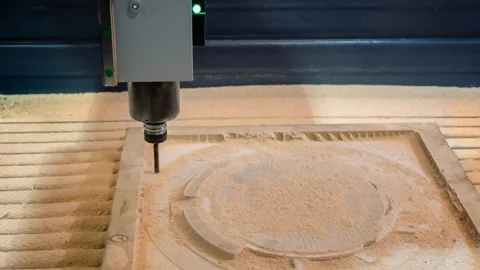
CNC machines are capable of autonomous operation 24x7x365. After all, you have a computer operating at the helm of all affairs – a device that can operate without any interruptions, without breaks, and without tiring out. On the other hand, manual machinists can only work a limited number of hours per day. And in all likelihood, the longer they work, the more error-prone the job will become because – let’s face it, we get tired!
As a result, CNC machines vastly outperform humans through their faster turnaround times. Whether prototyping a design or giving the finishing touches, the fact that a chunk of the processes is automated in CNC allows for the efficient and speedy manufacturing of wooden items, even if you are working on tight deadlines!
Consistent Reproducibility
Just because you are getting immediate results does not mean that you should be tricked into believing that CNC machines would compromise on the quality. If anything, CNC machines are the epitome of consistency and reliability in reproducing parts one after the other.
So whether you are carving support poles for the staircase banister or two sides of a door, you will hardly be able to tell two pieces apart.
In contrast, even those craftspersons who practice absolute care while carving wood will inject some amount of errors and inconsistencies while repeating work. While some may feel that such inconsistencies add to the charm of handmade or manually machined goods, they can stick out like a sore thumb for others who crave consistency in reproduction.
Wider Range
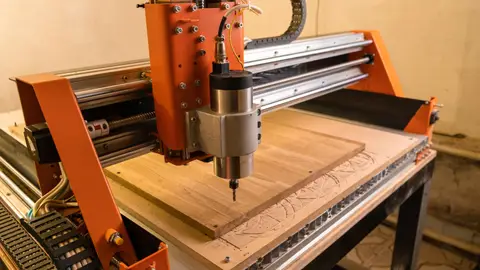
Artists are limited by their skill and capacity. On the other hand, CNC machines offer infinite potential when it comes to realizing wood carving designs. For a start, they offer a larger cutting field and can produce entire stair risers or decks from a given block, which not only makes optimum use of supplies (more on this later) but also adds to the structural integrity.
Such results are not reliably possible with manual machining, especially when you are working on a project for the first time.
Further, modern-day CNC machines can reproduce design complexities with minimal errors due to the tight tolerances offered by the machine and the tools. And so, it does not matter how convoluted your vision for the wooden material may be, the CNC machine can make it happen.
Reduced Woodworking Waste
Waste reduction is probably one of the greatest USPs of CNC machines. After all, nobody wants to invest in the best wood for outdoor furniture only to watch a big portion of it getting cut or shaved away into scraps!
The optimum usage of the raw material starts right at the designing stage, where the design will factor in the specifications of the input. As such, it is possible to layout the process beforehand and manage the cuts to minimize waste.
Thereafter, the multi-axial operation reduces the chipping and shaving of wood, making waste usable and reusable to a certain degree. And finally, CNC uses precision machining to eliminate all guesswork and errors that could affect the outcome.
Skill Independent
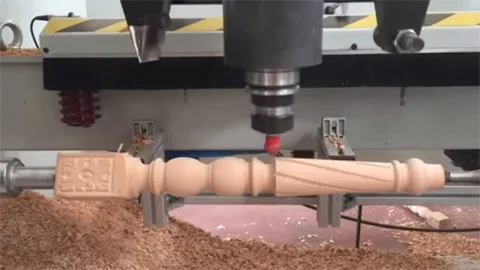
As discussed already, the outcome of manual woodworking and carving depends on the artists’ skills and competencies. However, that is not the case with CNC machines. All you need is a skilled designer who can create the base CAD/CAM program and feed it into the system.
Once it has been set, the CNC machine can birth a world of possibilities that may even seem impossible while working on it by hand! Also, since CNC machines run autonomously, you do not have to rely on the operator’s skill.
It is also worth noting how decoupling skill from performance adds a boost to scalability. Say, if you were to ramp up production in a manual environment, you would have to hire more workers and invest in their training and upskilling. However, with CNC machines, you can simply invest in more machines and reuse the same CAD/CAM program to harvest the same result times X!
Easier and Safer Operation
While manual machining or handcrafting requires an operator or artisan to come in direct contact with the tools, materials, and machines, CNC machining allows remote operation. By removing individuals from the direct vicinity of the cutting and carving tools, you are effectively reducing the possibility of accidents that can result in the loss of life or limb.
As such, woodworking warehouses would be safer, which will drive productivity. Further, it also reduces the financial liability arising from worker compensation or disability.
In Conclusion
Given the string of benefits offered by CNC machines in carving and woodworking, it has ramped up the demand for wooden goods. Now, wooden products are no longer seen as an exotic luxury but have become affordable and accessible to all.
As the woodworking and carving sector continues to move toward mass production with a low margin for errors and cost-effectiveness, the industry will only progress by many folds from this point onwards!

